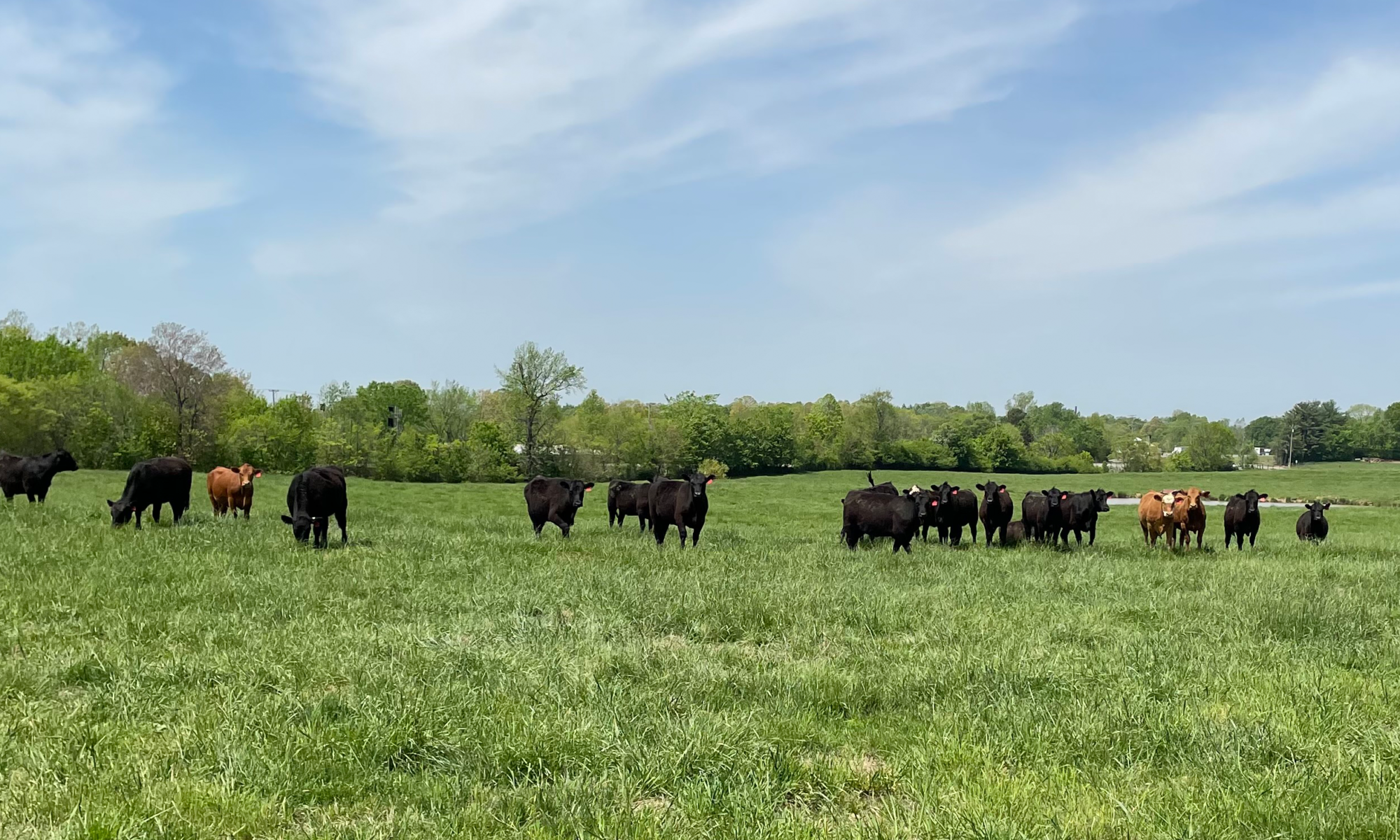

Dr. Gary Bates
Director and Professor
UT Beef & Forage Center
P: 865-974-7324
There are many things that can be done to get more forage from our pasture. Fertilizing, controlling weeds, and planting clovers are just a few. But one of the best ways is often the most overlooked. This method is by wasting less forage. The less forage we waste, the more forage that will be utilized. The objective of rotational grazing is exactly that – trying to utilize as much forage with as little waste as possible. Many people have tried to promote rotational grazing as something that is complicated and requires a high degree of expertise. There is nothing magic about it, however. All rotational grazing means is confining animals to an area so that they will graze all of the available forage with little waste. The smaller the area (a paddock) they are confined to, the faster they will graze it down and the less forage on which they will trample and defecate.
Benefits of rotational grazing
(1) Better control over livestock. The animals will be handled more frequently, which will result in more docile and calm animals. The animals will often times be waiting at the gate.
(2) Better production and persistence of plants. The rest periods will allow them to regrow faster, and make them persist longer. Keeping plants grazed down weakens them by reducing their stored energy reserves.
(3) Better distribution of urine and feces. If animals graze over an entire paddock instead of being able to select only certain areas, their urine and feces will more likely be spread over the entire paddock, rather than only in the areas they graze selectively.
(4) Less forage wasted. This is one of the main advantages. The result of confining animals is that paddocks is more uniform grazing, and less wasting occurs.
(5) During periods of excess forage growth, forage can be saved as hay. Because a large pasture is divided into smaller paddocks, one or more of the paddocks can be taken out of the rotation pattern and cut for hay.
(6) Better success in trampling clover seed in pastures. Since the animals are concentrated in a small area, the clover seed can be broadcast in February and trampled in. The cattle will be moved in a week or less, and the clover seedlings will have time to become established without the threat of be pulled out of the ground by grazing before their roots become established.
(7) Improved management. Because the producer is moving cattle every week or so, he does a better job observing the cattle, and becomes more aware of what is happening, both with the cattle and with the pastures. Things such as weed pressure and clover content will be noticed early in the season.
One of the first questions that everyone has concerns how many paddocks they should make out of one large pasture. There is no set number. Paddocks should be sized so that each one will be grazed down in 3 to 7 days. If it takes longer than 7 days to graze, then the advantages to rotational grazing will probably not be seen as much, and paddocks should be reduced in size. When pastures get down to 2 or 3 inches, move the cattle to the next paddock. If forage growth in some of the paddocks is getting ahead of the cattle and there are 2 or more paddocks ready to graze at the same time, cut hay from some of the paddocks and use the remainder for grazing.
Water availability and fencing are the main concerns for people considering rotational grazing. This is an area where using temporary electric fencing with low impedance chargers has really helped. Paddocks do not have to be identical in size or shape, so arrange fences such that existing water can be utilized in several paddocks.
Rotational grazing is a tool that can be used on most farms in Tennessee. Remember that there are as many ways to design a rotational grazing system as there are farms. Nothing is magic or sacred. Divide your large pastures up into smaller paddocks, making sure to provide water to the animals. Any subdividing you do will make pasture management easier.
